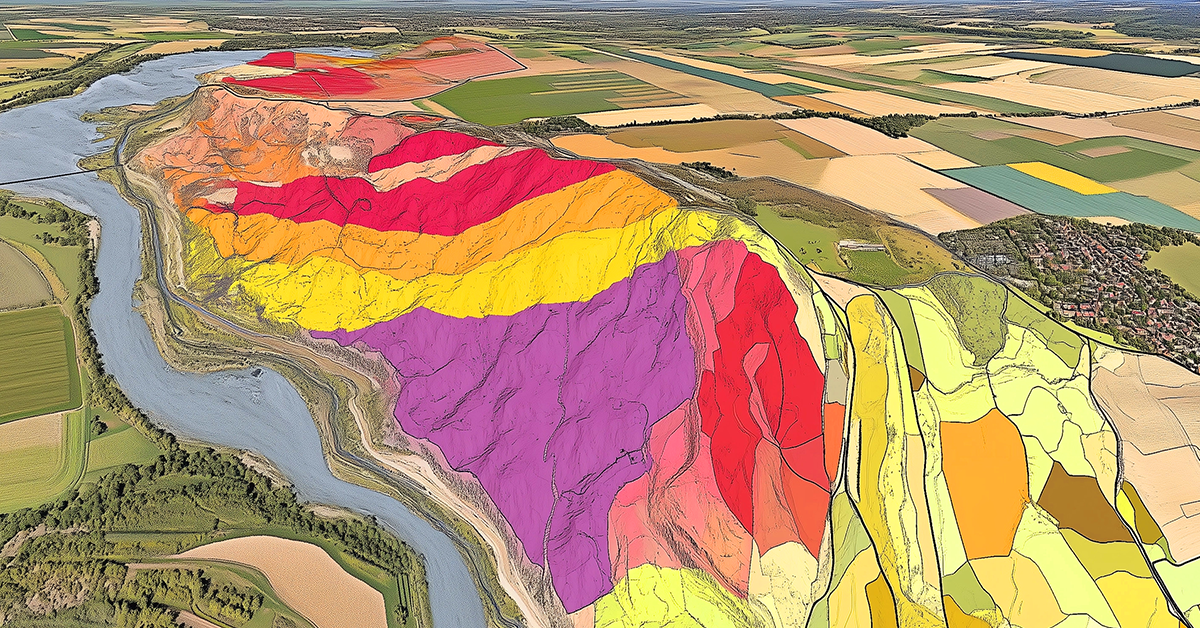
Expanding fiber networks across Africa presents unique challenges. Operators must navigate diverse terrains, infrastructure gaps, and limited resources—all while ensuring cost-effective and scalable deployments. Without proper planning, fiber network expansion can lead to inefficiencies, unexpected costs, and delays in customer connectivity.
To address these challenges, telecom operators are turning to Geographic Information Systems (GIS) tools. By providing detailed geospatial data and automation capabilities, GIS is transforming fiber network planning, making it smarter, faster, and more cost-efficient.

The Importance of Effective Fiber Network Planning
Poorly planned fiber networks can lead to:
- Higher deployment costs due to inefficient resource allocation.
- Longer rollout timelines, delaying connectivity for customers.
- Scalability issues, making future network expansions more complex.
By leveraging advanced planning strategies and GIS tools, operators can optimize infrastructure investments, reduce costs, and ensure networks are built to meet future demand and remain competitive.
How GIS Tools Enhance Fiber Network Planning
GIS technology is revolutionizing fiber network planning by integrating spatial analysis, automation, and real-time data processing. The key benefits include:
- Precision Mapping for Smarter Network Design
GIS tools provide highly detailed geospatial data, allowing telecom operators to design fiber networks that adapt to diverse fields and environmental conditions.
Operators can:
- Identify optimal fiber routes with minimal infrastructure disruption.
- Analyze population density and growth patterns to plan scalable networks.
- Reduce unexpected obstacles during deployment.
- Automation to Improve Efficiency
Manual planning processes are prone to errors and inefficiencies. GIS automates many of these tasks, enabling:
- Faster decision-making with real-time data insights.
- Reduced human errors in network design and implementation.
- Streamlined workflows that enhance collaboration across teams.
- Cost Optimization and Resource Allocation
Efficient fiber deployments require strategic resource allocation. GIS helps optimize costs by:
- Identifying the most cost-effective routes for fiber deployment.
- Reducing unnecessary expenses in labor and material costs.
- Ensuring better coordination with existing infrastructure like roads and power lines.

Key Considerations for Telecom Operators in Africa Market
When planning fiber network expansion in Africa, operators should focus on 3 essential strategies:
- Plan for Future Growth
- Use GIS tools to identify scalable routes and ensure networks can accommodate increasing demand.
- Optimize Resource Allocation
- Leverage GIS-powered insights to efficiently deploy fiber cables, workforce, and infrastructure.
- Enhance Operational Accuracy
- Automation and precision mapping eliminate design flaws, leading to faster, more reliable deployments
Industry Trends & Data
The demand for high-speed internet in Africa is rapidly increasing. According to GSMA’s Mobile Economy Sub-Saharan Africa 2024 [1] report:
- 4G adoption is projected to reach 50% of total connections by 2030.
- 5G will contribute $10 billion to the region’s economy by the same year.
- Mobile broadband expansion is essential for digital transformation in industries such as healthcare, education, and finance.
With fiber networks serving as the backbone of this growth, GIS-based planning is crucial for ensuring cost-effective, scalable, and future-proof infrastructure.
Fiber network planning in Africa presents unique challenges, but with the right technology and strategic approach, operators can overcome obstacles and build efficient and scalable networks to offer an unmatched experience to customers.
GIS tools offer precision mapping, automation, and cost optimization, enabling telecom operators to streamline fiber deployments and expand connectivity more effectively. As Africa’s digital infrastructure evolves, leveraging GIS technology will be key to delivering reliable, high-speed internet to more communities and businesses.